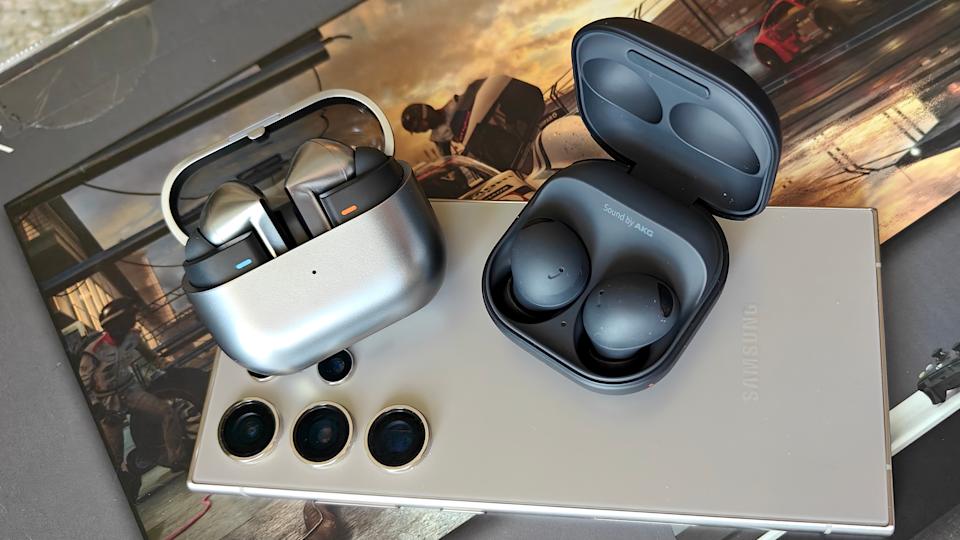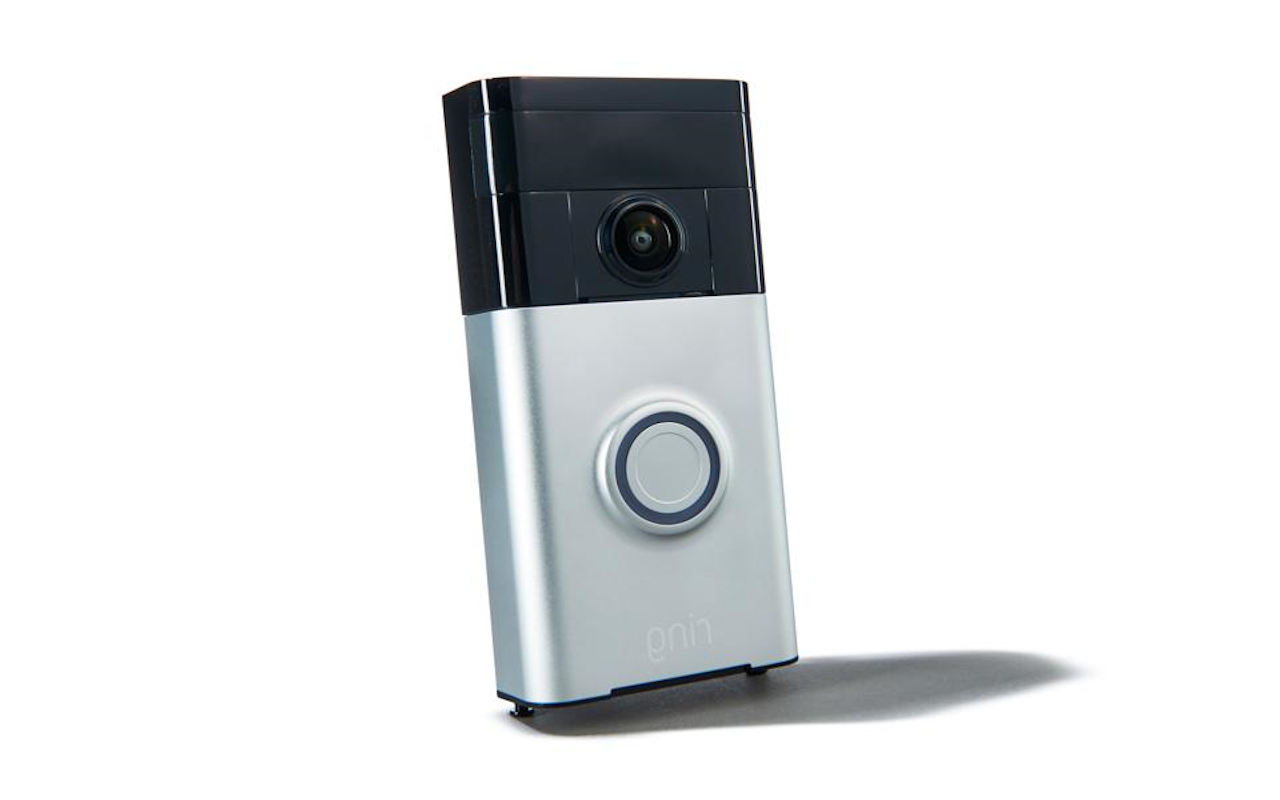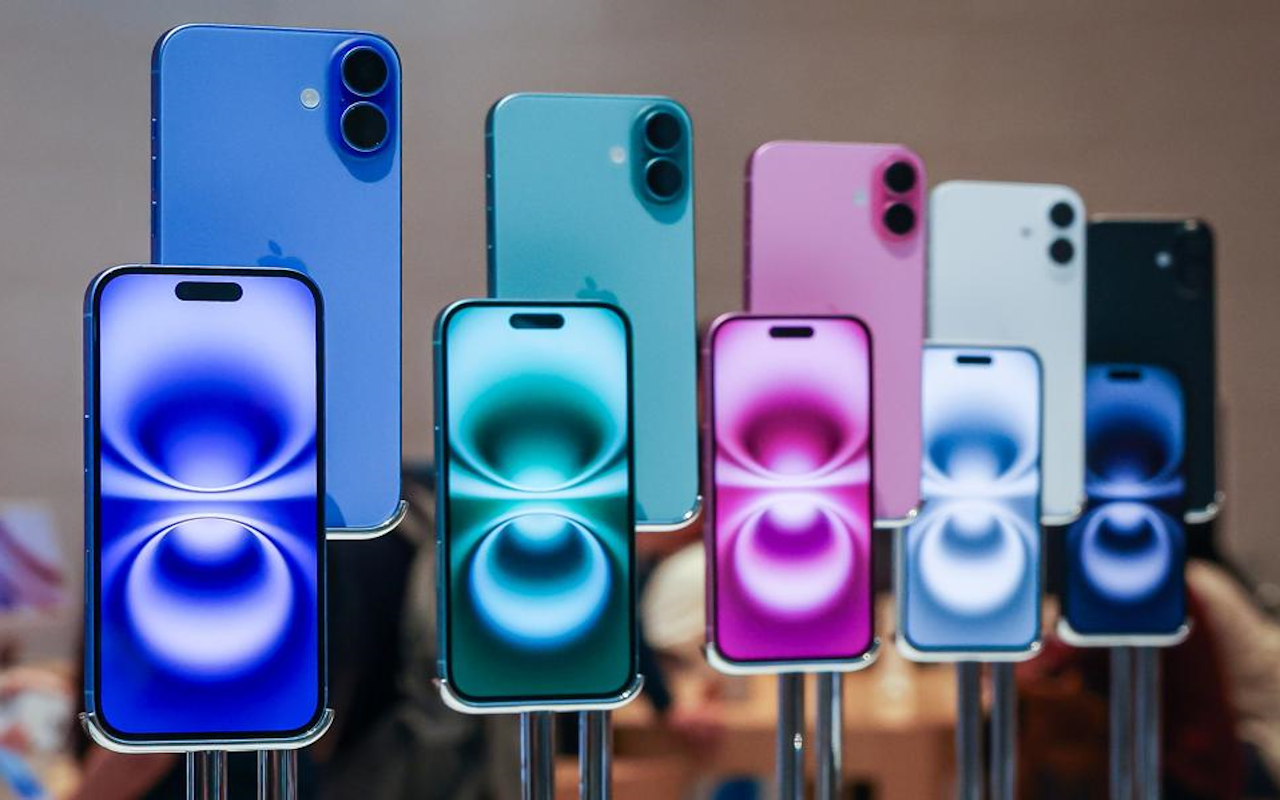5 Ways Samsung Galaxy Buds 4 Can Compete
Following the somewhat disappointing reception of the Galaxy Buds 3 and Galaxy Buds 3 Pro, Samsung faces a critical juncture in its true wireless earbuds strategy. Market reception to those recent models was reportedly lukewarm, particularly when compared to powerhouse competitors like the Apple AirPods Pro 2 and the Sony WF-1000XM5.

5 Ways Samsung Galaxy Buds 4 Can Compete
With the rumored Samsung Galaxy Buds 4 potentially on the horizon, there is a perceived need for significant changes if Samsung aims to revive the series and become a leading player in the competitive wireless earbuds market.
The Competitive True Wireless Landscape
The market for true wireless earbuds is densely populated and highly competitive. While convenience and sound quality are baseline expectations, premium models are judged on a range of features including effective ANC (Active Noise Cancellation), comfortable design, robust battery life, seamless connectivity, and integration with mobile ecosystems.
Apple’s AirPods, particularly the Pro line, dominate in terms of market share and ecosystem integration for iOS users, while Sony’s flagship models are often lauded for their audio quality and ANC performance on the Android side. Samsung’s Galaxy Buds series aims to compete in this space, particularly as a premium accessory for Galaxy smartphone users.
Why Galaxy Buds Matter to Samsung
For Samsung, having a successful line of premium wireless earbuds like the Galaxy Buds is crucial for its broader mobile ecosystem strategy. These earbuds serve as a key differentiator and a sticky point for users within the Galaxy environment, providing features and integration optimized for Samsung phones and devices.
A strong earbuds offering helps Samsung compete more effectively with Apple’s tightly integrated ecosystem and encourages users to remain within the Samsung hardware family. However, if the earbuds themselves aren’t perceived as competitive or compelling, users may look to third-party alternatives or even consider switching ecosystems entirely.
Recapping the Galaxy Buds 3 Series’ Misstep
The reception to the Galaxy Buds 3 and Buds 3 Pro was generally perceived as a misstep for Samsung. Despite being billed as significant revamps intended to challenge the best in the market, their critical reception was reportedly only “mediocre,” ranging from disappointing to moderately good reviews. Some analyses, such as one from Tom’s Guide comparing the Buds 3 Pro to its predecessor, found the older Galaxy Buds 2 Pro to be superior in certain aspects.
Contributing factors reportedly included poor marketing execution and what some viewed as questionable design and feature decisions. This suggested that the Buds 3 generation did not meet expectations for a truly competitive premium offering.
The Need for Drastic Change
Given the lukewarm reception of the third generation and the intense competition, some industry observers believe that the upcoming Samsung Galaxy Buds 4 require drastic changes to regain momentum. There is speculation that if Samsung doesn’t implement significant improvements and see a positive shift in performance and sales, the company might eventually decide to exit the consumer earbuds business, following the path of other companies like Jabra who recently ceased their consumer headphone/earbuds operations.
This underscores the urgency for Samsung to get the next iteration right. Successfully navigating this moment requires a balance between introducing innovative features and perfecting fundamental aspects of earbud design and functionality.
Here are five areas where the Samsung Galaxy Buds 4 could potentially make significant strides:
Suggestion 1: Elevate AI Capabilities
Artificial intelligence (AI) is an increasingly discussed area for future smart earbuds. While the Galaxy Buds 3 and Buds 3 Pro did incorporate some AI-related features, the results were reportedly not perfect. For example, smart voice capture technology for Bixby voice commands and ambient mode features like Siren Detect reportedly struggled with accuracy.
Real-time translation features also needed polishing. Competing devices, like the Pixel Buds Pro 2 with Google’s Gemini AI integration, are exploring the potential of AI in this space. For the Samsung Galaxy Buds 4, the focus should be on refining existing AI features to ensure they are consistently reliable and genuinely useful, potentially developing capabilities that rival or surpass competitors like Siri, rather than attempting to build a full-fledged conversational AI like ChatGPT from scratch within the earbuds.
Suggestion 2: Reclaim Design Identity
A notable design decision for the Galaxy Buds 3 and Buds 3 Pro was adopting a look that critics felt heavily mirrored Apple’s AirPods, including the use of stems. While certain elements like blade-inspired stems with touch controls and pinch mechanisms introduced intriguing interaction methods, the overall execution was reportedly not as seamless as the AirPods Pro 2.
This move was interpreted by some as an act of desperation, joining a long list of manufacturers imitating Apple’s design. A suggested path for the Samsung Galaxy Buds 4 is to revert to a more unique and successful design language, potentially drawing inspiration from the chic, small oval form factor of the Galaxy Buds 2 Pro, which offered adaptive comfort and a commendably portable wireless charging case. Reclaiming a distinct design identity could help the series stand out.
Suggestion 3: Streamline Product Strategy
Samsung launched two versions of the third-generation Galaxy Buds at different price points, perhaps attempting to replicate a strategy seen with Apple’s AirPods lineup. However, this approach reportedly did not yield strong results for the Galaxy Buds. The argument is that in the true wireless earbuds market, consumers often gravitate towards either the absolute best premium offerings or very affordable budget options, with the mid-range often struggling.
Many of the best cheap wireless earbuds now offer feature sets comparable to what might be found in the mid-range, but at a significantly lower cost. To conserve resources and focus efforts on creating a truly standout product, a strategy could be for Samsung to focus solely on developing a single, top-tier flagship model for the Samsung Galaxy Buds 4 that is capable of directly outperforming high-end rivals across all key metrics.
Suggestion 4: Unlock Proprietary Audio Technologies
Samsung possesses impressive proprietary audio technologies, notably its 360 Audio (a spatial audio format) and the Samsung Scalable Codec (SSC), which adjusts bitrate dynamically for potentially higher fidelity sound. However, a major limitation is that these features are restricted to the Galaxy platform, requiring pairing with a current Galaxy smartphone to utilize them.
This exclusivity, while intended to bolster the Galaxy ecosystem, is seen by some as limiting the appeal of the earbuds and preventing their “amazing” sound potential from being experienced by a wider audience.
A groundbreaking move for the Samsung Galaxy Buds 4 would be to optimize these audio features for compatibility across all Android and iOS/macOS devices. Following the example of Google, which has made spatial audio on Pixel phones compatible with any headphones, could make Samsung Galaxy Buds a go-to option for premium audio quality regardless of the user’s phone.
Suggestion 5: Rethink the Price Point
Pricing is a critical factor for competitiveness, especially for AirPods alternatives not bearing the branding of established audio giants like Bose or Sony. When the original AirPods Pro set a standard for premium wireless earbuds pricing around $249, it established an expectation for the level of performance and features required at that tier.
The argument is that Samsung’s flagship buds, while offering strengths like potentially good battery life and features like ANC, have not consistently demonstrated superiority over Apple’s or Sony’s top models to justify the same asking price in the eyes of many consumers.
For the Samsung Galaxy Buds 4 to be financially competitive, a suggested retail price in the range of $150 to $200 is proposed. This would position them as a strong value option in the upper-mid to near-flagship segment. The competitive reality is underscored by the fact that even the AirPods Pro 2 are frequently available on sale, sometimes as low as $169.
Given Samsung’s historical pattern of quickly discounting its newest true wireless models weeks after launch, the likelihood of the Galaxy Buds 4 being available below their initial MSRP shortly after release is high. The initial price set, whatever it is amidst current global economic uncertainty and tariff discussions, must be genuinely enticing, otherwise, the Samsung Galaxy Buds 4 risk being perceived as non-competitive from the start (“DOA”).
The Urgency for Change
The current situation represents an urgent call for action for Samsung’s earbuds division. The perceived stumble with the Galaxy Buds 3 series, combined with intense market competition and the potential for exiting the business altogether, highlights the high stakes for the Samsung Galaxy Buds 4. Implementing significant improvements across design, feature reliability (especially AI), software accessibility, and pricing is seen as crucial for regaining positive momentum and establishing a stronger foothold in the premium wireless earbuds market.
Balancing Innovation and Basics
The path forward for the Samsung Galaxy Buds 4 lies in effectively balancing ambitious innovation with perfecting fundamental performance. Features like advanced AI are compelling, but they must function reliably. Unique design elements can help differentiate, but they must not compromise essential aspects like comfort and security of fit (avoiding issues like loosely detaching lugs).
High-quality audio technologies like 360 Audio and SSC are valuable assets, but their impact is limited if restricted to a single platform. Finally, pricing must align with the perceived value delivered in a competitive market. Addressing these areas comprehensively could position the Samsung Galaxy Buds 4 as a formidable contender capable of challenging the established leaders and winning back consumer confidence.





